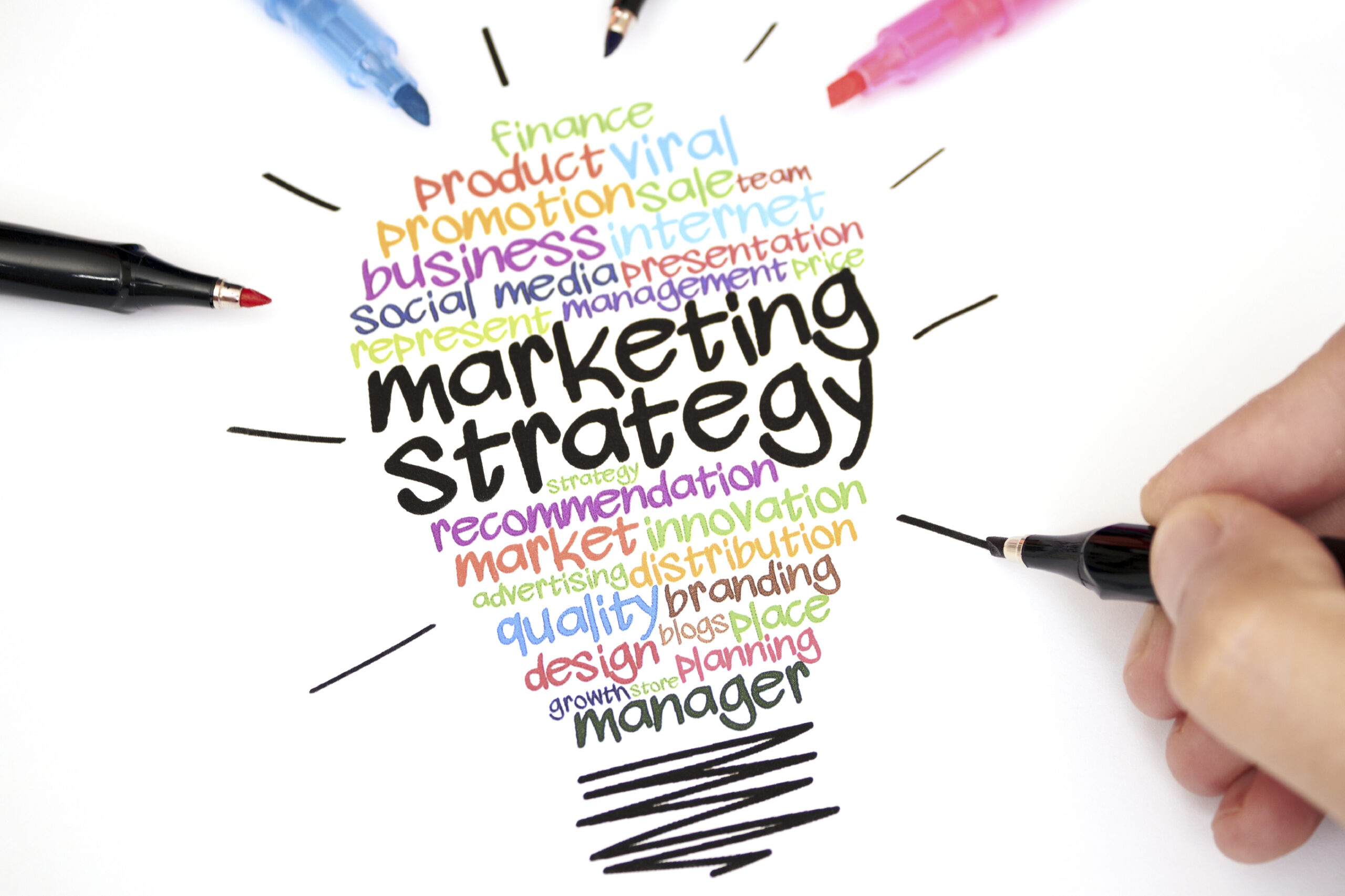
5 Marketing Strategies That Are Totally Outdated
What I found most fascinating about Mad Men were Don Draper’s “hot” ad concepts, which, in retrospect, seem nostalgic and laughably retro. In the real world, marketing evolves parallel to technology. What worked a decade ago often won’t cut it today.
Here are five time-honored marketing strategies that were once best practices but which now make a company look clueless and a bit silly.
1. Spokesmodels
An oft-quoted maxim of marketing is that “sex sells.” Unfortunately, depictions of sexuality have become so pervasive on the Web that any mildly titillating image you might use to attract attention to your product will get lost in the crowd.
Even worse, this marketing strategy can backfire if you try to crank up the imagery. When American Apparel featured up-skirt shots of schoolgirl-clad models, the internet’s collective “Ewww!” created momentum to oust Dov Charney, the company’s controversial CEO.
When savvy companies use human imagery, they spotlight real employees who are photogenic (but not model-esque) and whose apparent personality reflects the “general feeling” they want customers to feel about the product.
2. Content-rich websites
The silliest myth of the information age is that information is so valuable that a company is doing customers a favor by providing as much of it as possible. That’s why so many business websites are chock-a-block with content.
The hope behind such websites is that customers will use that information to become more educated and thereby become convinced that they must buy what’s offered. In fact, customers are overloaded with information and resent being asked to dig through more.
Smart companies only provide “just enough” information when it’s clear a customer wants it, and then limit that information to the minimum useful amount. Today’s most effective websites show a single screen and request one action, like signing up for a newsletter.
3. New product categories
Companies in crowded markets sometimes try to differentiate their offering by coining a new product category and assigning their offering to it. For example, a CRM firm might try to make its product more exciting by calling it a “sales enablement platform.” Shrug.
This bait-and-switch marketing strategy forces the marketing group to waste customers’ time defining the new buzzword and convincing them it’s relevant. Good luck with that! Customers don’t give a rat’s tuchus about buzzwords du jour.
Smart companies avoid abstract discussions of product categories and instead focus on how their products and services can help the customer be more successful.
4. Tag lines
Marketers originally used tag lines to associate specific positive emotions with an otherwise vague brand name. Hallmark Cards, for example, had “For when you care enough to send the very best.” Boffo stuff, back when TV had three channels.
Today’s customers are bombarded with branding–which they’ve learned to ignore–and lack the interest or attention span to absorb the secondary message in a tag. That’s why tags got shorter every year, like Apple’s “Think Different.”
Smart companies now hack their emotional message into the brand name or product name rather than awkwardly tacking a phrase to an otherwise meaningless name. If launched today, Apple’s corporate name would probably be something like “#ThinkDifferent.”
5. Brochures
Wikipedia defines brochures as “promotional documents, primarily used to introduce a company, organization, products, or services and inform prospective customers or members of the public of the benefits.” A better definition would be “wastepaper.”
Consider: People hate ads so much that they pay extra to not see them. And that’s when the ads are paired with content that they truly want to see. Why would customers subject themselves to pages of unrelenting hype?
Smart companies only sell to people who have already indicated an interest in buying. Rather than one-size-fits-all brochures, they customize their communications (emails and documents) to match requirements of the individual customer.
Marketing works when you put in the effort, when you give 110% and then some. Pick a marketing strategy that you believe will work for you and give it your all. We often say good marketers treat marketing like an olympic sport – always pushing for excellence in ONE EVENT (You don’t see any gold medalists in weight lifting AND 100m sprint now do you) – and always striving to be better than the competition. You need to do that too!





